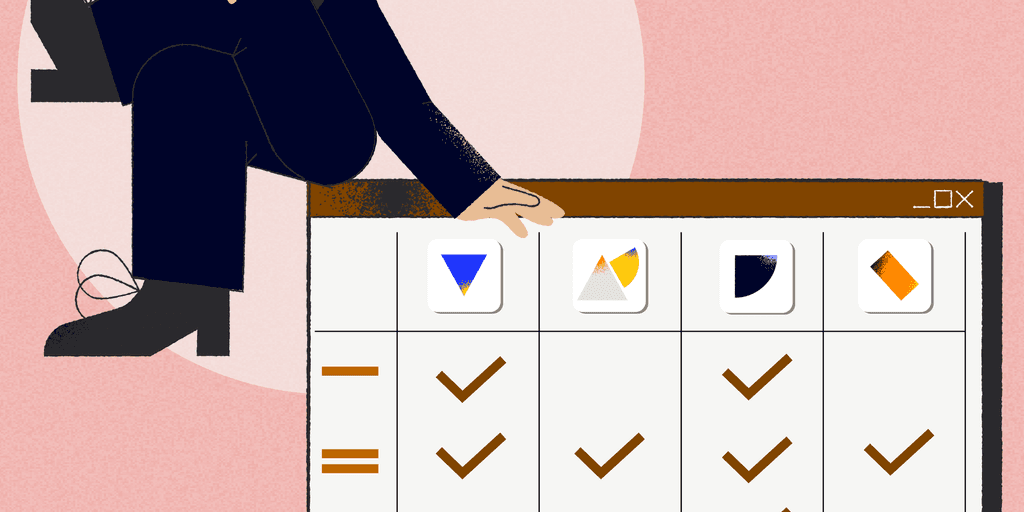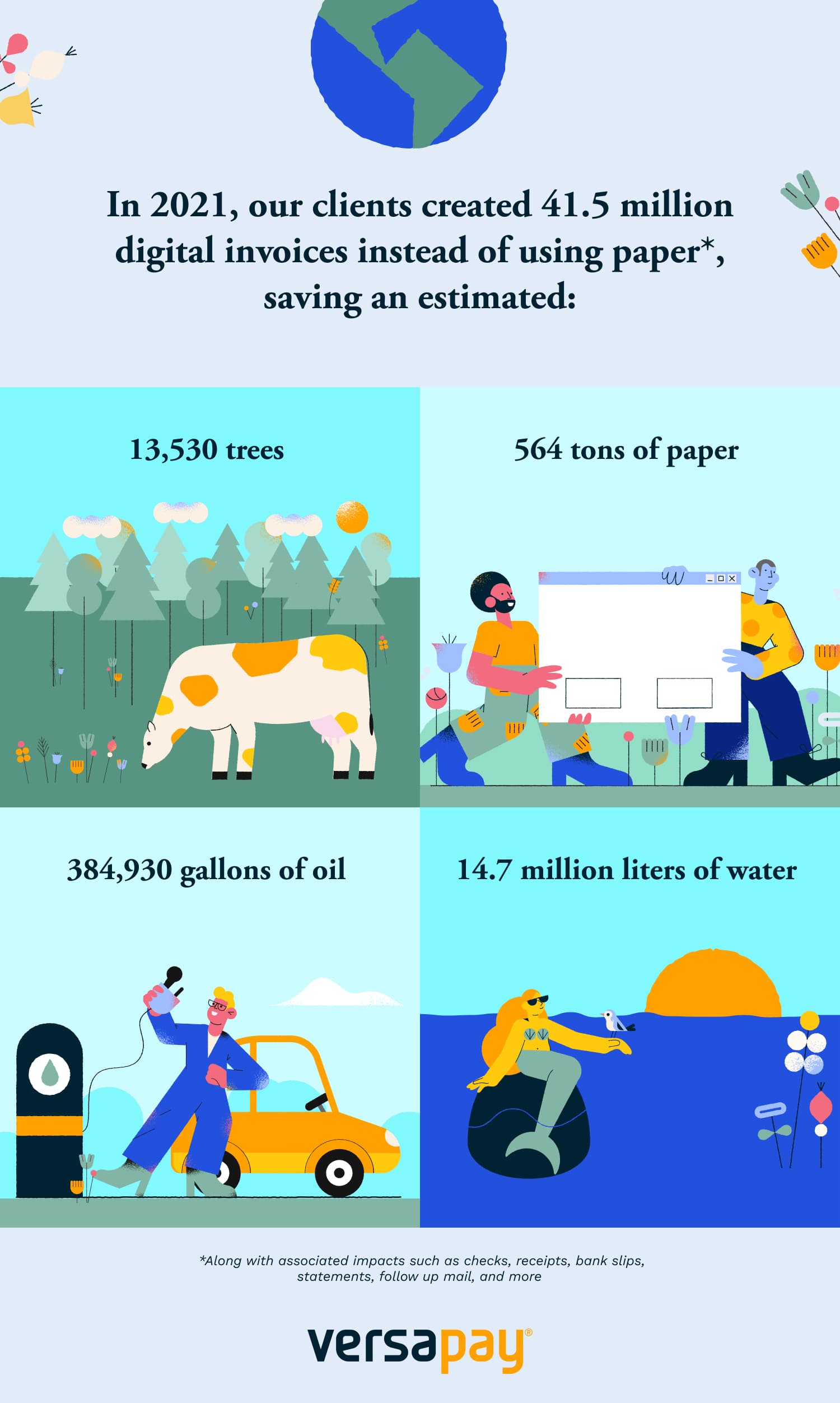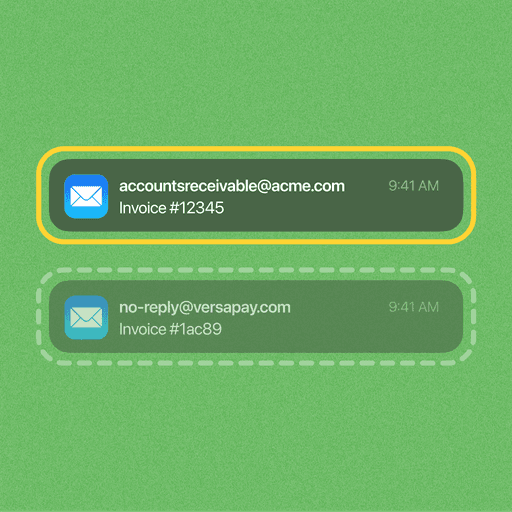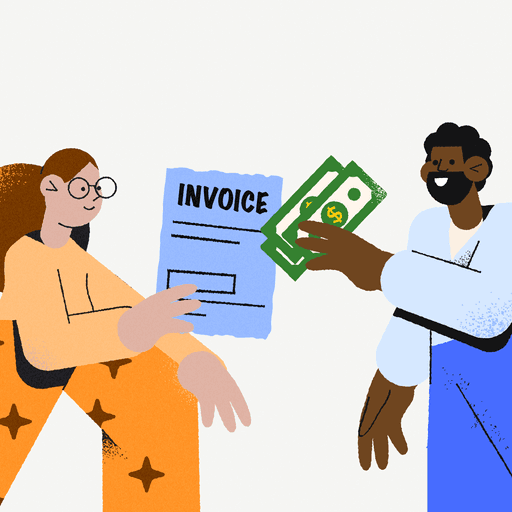
Electronic Invoicing: Good for the Planet and Your Bottom Line
- 6 min read
Accounts receivable is traditionally one of the most paper-heavy functions of a business. Companies can change this by embracing electronic invoicing, benefitting both the planet and their bottom line.

With growing concern about climate change, it’s time to think about how to boost the sustainability of your business operations.
While there are many ways to do so—from upgrading your office’s HVAC to embracing remote and hybrid work models—few of these options are as easy to implement and as effective at reducing waste as going paperless.
And few of your business’ operations are likely to be as paper-heavy as your accounts receivable (AR) department.
Paper invoicing can add up to literal tons of waste every month. That’s why making the switch to electronic invoicing can be an important lever for businesses’ sustainability goals.
Paper invoicing is rough on the environment
The environmental impact of paper invoices is not a topic you hear a lot about, but it’s one that should be of concern to every business that continues to use paper-based systems.
Worldwide, paper consumption is on the rise. Demand has risen 400% over the last four decades, and now almost half of the world’s industrial logging is dedicated to paper-making.
The United States’ use of paper accounts for the loss of 68 million trees each year. Meanwhile, deforestation and forest degradation are responsible for about 20% of global annual greenhouse gas emissions.
The loss of trees isn’t the only problem with this picture, though:
- The global pulp and paper industry is the world’s fifth-largest energy consumer, representing 6% of all energy use.
- In the U.S., the paper industry uses 2,491 trillion Btu of energy per year, almost twice as much energy as the entire food manufacturing sector.
- And, of course, all that paper creates waste of a different sort. According to the Minnesota Pollution Control Agency, the average office worker uses 10,000 pieces of paper a year, 70% of which ends up in the landfill.
Suffice it to say, there are steep environmental costs to paper invoices. This is especially true for businesses with high sales volumes and who issue a lot of invoices as a result.
But even companies that don’t send a whole lot of invoices are still contributing to this big problem. According to “The e-invoicing journey 2019-2025” report from Billentis, businesses globally send around 550 billion invoices each year. That’s a lot of paper and waste—which doesn’t even consider related factors like emissions from mail trucks as they transport business mail from place to place.
Eliminating paper invoices might seem like a minor course of action in the face of the huge problem that is climate change. But, each company doing its part to reduce paper can have a major collective influence on the corporate sector’s environmental impact.
AR automation is key to reducing office paper
AR automation, particularly in its digitization of invoicing and billing processes, effectively enables finance teams to make their accounts receivable operations paperless.
Collaborative AR automation in particular creates a situation where you and your customers can access invoices and supporting documentation through a dedicated, cloud-based portal. No more paper, no more postage, and no more mail trucks.
Through such platforms, customers can also pay their invoices through a variety of digital payment options. This helps to cut down paper consumption even further by eliminating the need for checks.
For businesses looking to reduce office paper, the billing and invoicing process should be an important area of focus. While more businesses are committing themselves to sustainability targets in general, accounts receivable is a function that has historically been left behind by digital transformation.
The role of sustainability indexes
Companies’ interest in increasing their sustainability is in part driven by the rise of sustainability indexes. These are instruments that measure how companies are performing in areas of social and environmental concern.
To improve their profile in these indexes, businesses must shift their operations to meet specific targets. Transitioning to electronic invoicing is doubly helpful for businesses, because they can both reduce their paper consumption and bank savings by cutting printing and mailing costs.
Rexel North America, an electrical distributor specializing in energy, found Versapay when they sought to digitize their invoicing operations in support of their sustainability targets. The company sends out roughly 160,000 invoices every month, which makes for a tidal wave of paper.
“With Rexel included in several sustainability indexes such as the Dow Jones Europe Sustainability Index, we’re also on an ongoing journey to go paperless,” says Rashid Maqsood, the company’s VP of Treasury. “We made a commitment to reduce our consumption by 45%. Eliminating paper from our back-office processes with Versapay aligns with our mission to be a leader in the sustainability movement.”
How Versapay helps businesses advance sustainability and unlock savings
Versapay helps businesses improve efficiencies and speed up cash flow by transforming their accounts receivable processes.
One way we do this is by enabling AR teams to send electronic invoices on an automated basis. Not only can companies can invoice faster and collect payment sooner, but they can also unearth some significant savings thanks to eliminating the need for printing and mailing invoices.
For example, before Boston Properties used Versapay to digitize their invoice to cash, the commercial real estate company used to spend $0.55 on every single paper mailing to their tenants.
Now factor in the 2,200 tenants the company was sending statements to every month. That adds up to at least $14,520 a year spent on invoices alone (not to mention the countless staff hours spent stuffing envelopes). With electronic invoicing, that cash can be reinvested in the business.
But, we’re not just focused on improving your bottom line. We’re focused on improving your environmental footprint, too, by turning a traditionally paper-heavy and manual process into a completely digital one.
Case in point: In 2021, Versapay clients created 41.5 million e-invoices that would have otherwise been printed on paper. Along with associated impacts such as checks, receipts, bank slips, statements, follow up mail, and more, this resulted in an estimated savings of:
- 13,530 trees—almost as many as in Central Park
- 564 tons of paper—enough to keep the average office worker supplied for 11,000 years
- 384,930 gallons of oil—enough to power a container ship for four days
- 14.7 million liters of water—enough to fill four of the world’s largest water towers

Uprooting well-established billing processes that account for hundreds of thousands of invoices per month is a daunting task. But, you don’t have to do it all at once. For more advice on how to make the transition to electronic invoicing check out this blog.
The timing seems to be auspicious for AR teams to be moving their processes online. a Versapay survey finds that 87% of finance and technology professionals believe their customers are ready to adopt digital payments, which is the necessary corollary to digital invoicing.
As more businesses digitize their accounts receivable, this is great news for the environment and for customer relationships, as B2B buyers clamor for more convenient ways to make payments and communicate about their invoices.
About the author

Katie Gustafson
Katherine Gustafson is a full-time freelance writer specializing in creating content related to tech, finance, business, environment, and other topics for companies and nonprofits such as Visa, PayPal, Intuit, World Wildlife Fund, and Khan Academy. Her work has appeared in Slate, HuffPo, TechCrunch, and other outlets, and she is the author of a book about innovation in sustainable food. She is also founder of White Paper Works, a firm dedicated to crafting high-quality, long-from content. Find her online and on LinkedIn.


